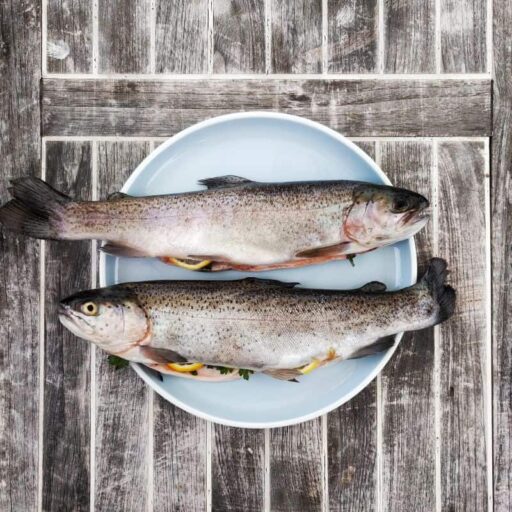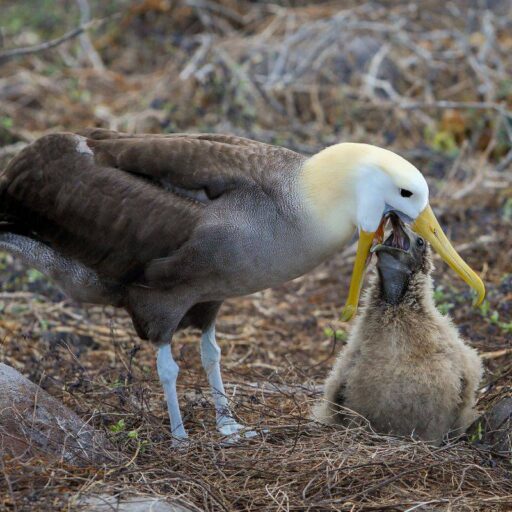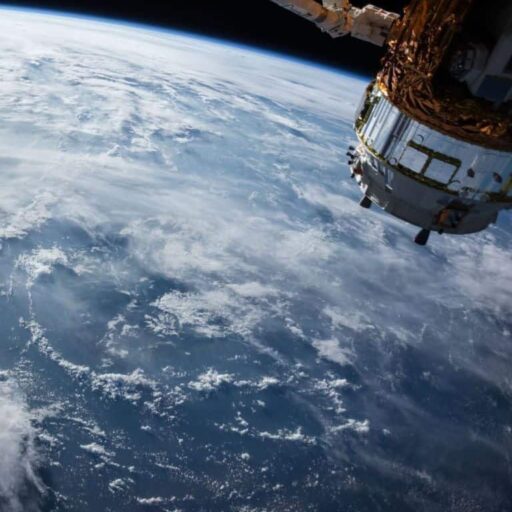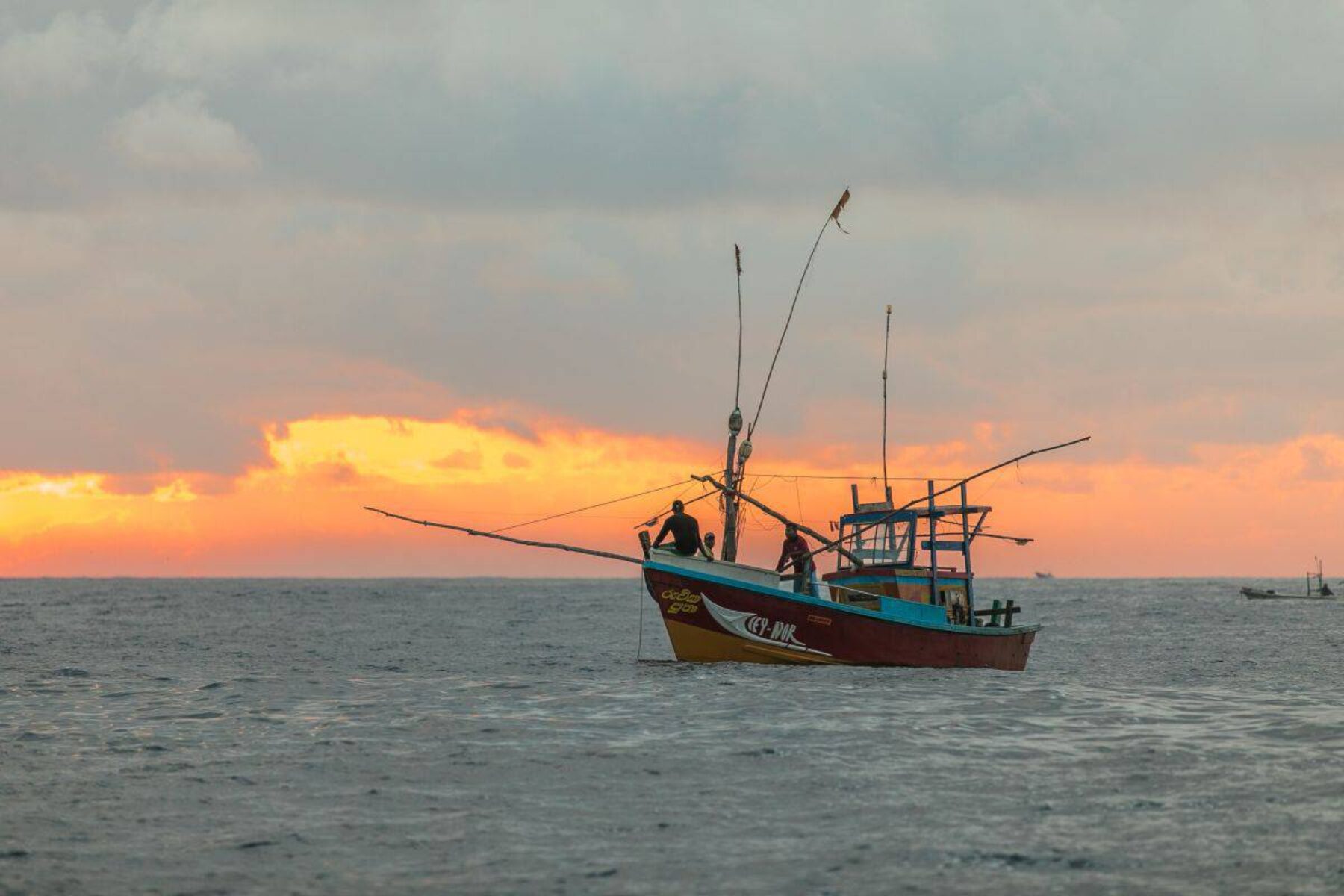The net is tightening around illegal fishing vessels thanks to these trailblazing initiatives, which could also help stamp out slave labour

Imagine being able to scan a packet of fish in the supermarket with your smartphone and finding out where, when and how it was caught, and by whom. Thanks to blockchain technology, that is now a reality. Fisheries in the Pacific Islands are using the technology to provide incorruptible, digital ledgers of every tuna they catch. Each fish is fitted with a unique (but reusable) tag, which is tracked from “bait to plate” by sensors on boats, docks and in processing factories.
With one in five fish believed to have been illegally caught, and with reports of slave labour on bandit vessels, improving traceability is paramount. “This innovative project has the potential to really improve people’s lives and protect the environment,” said Livia Esterhazy, chief executive of WWF New Zealand, which led the trial.
Image: Gregor Moser

Superstitious seafarers believe albatrosses bring good luck, but for outlaw fishermen the birds could spell trouble, thanks to a pioneering conservation project. Trialled in the Indian Ocean, the initiative equipped 169 albatrosses with sensors to locate boats that had their Automatic Identification Systems (AIS) switched off – often a sign they are fishing illegally. Over six months, the “spy birds” located 353 vessels, 37 per cent of which were not emitting AIS signals; such intel can be used to direct enforcement boats.
“When you are far from anywhere there are few ways of detecting illegal vessels,” said Henri Weimerskirch, a researcher at the French National Centre for Scientific Research, which led the project. “Using albatrosses is one of the few ways we can patrol large areas.” The initiative is currently being trialled in New Zealand.
Image: Aussieactive

Albatrosses have only been in the job five minutes, but the birds could soon be superseded by new low-cost surveillance satellites, which are being launched by a slew of private companies. Equipped with synthetic-aperture radar (SAR), the minibar-sized satellites can detect the presence of any ship in the sea, but they can’t yet identify specific vessels.
Conservationists claim the SAR data can be integrated with other ocean monitoring systems to provide a better picture of what’s happening at sea. “We think it will help bring monitoring of industrial and commercial activity on the ocean into the same realm as it is on land, with all the activity visible to everybody all of the time,” said Paul Woods, co-founder and chief technology officer at Global Fishing Watch.
Image: NASA
Main image: Egle Sidaraviciute

